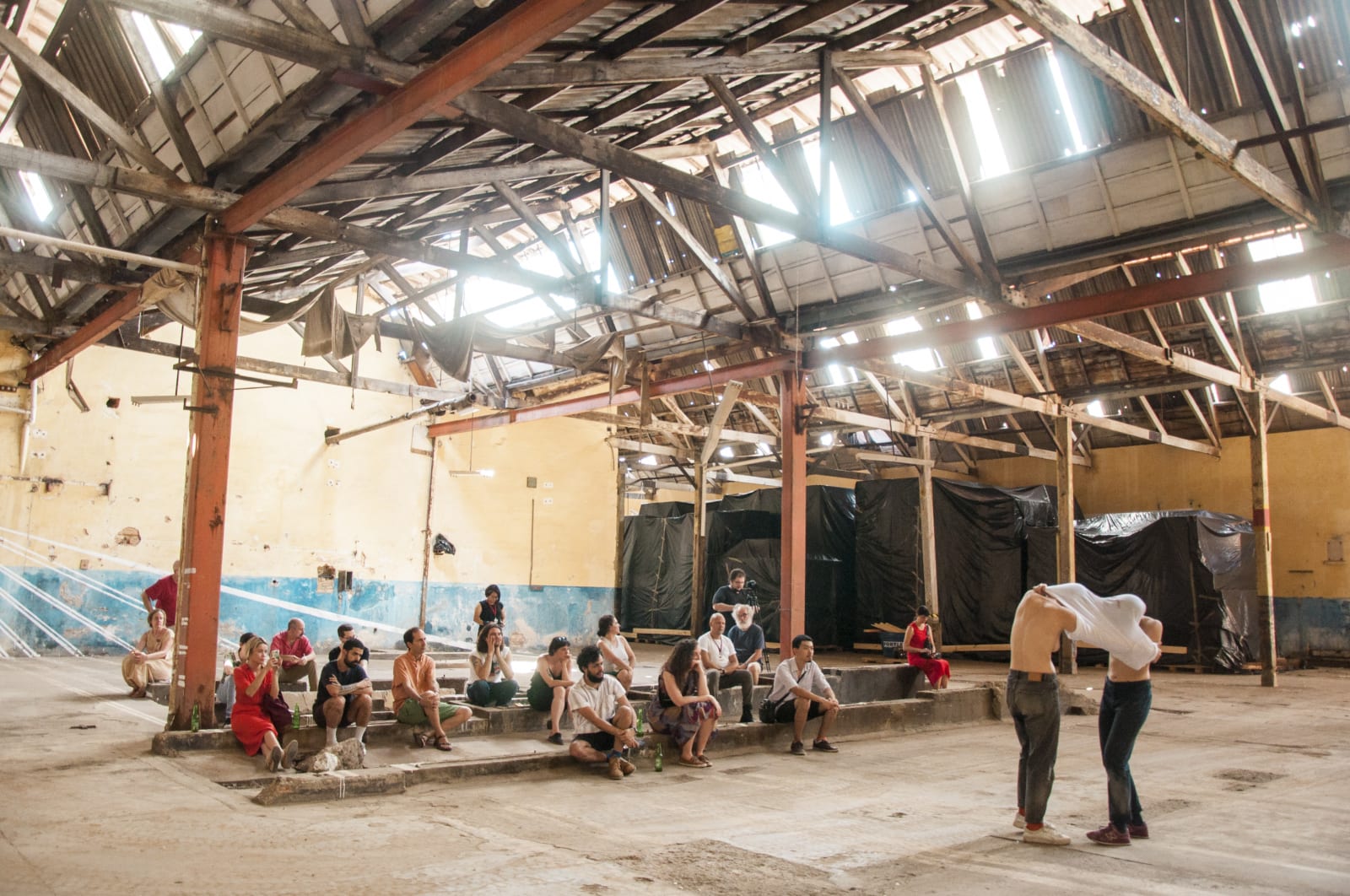
Photo Haroldo Saboia
LASCIVIOUS from reginaparra on Vimeo.
Regina Parra
Further images
-
(View a larger image of thumbnail 1
)

-
(View a larger image of thumbnail 2
)
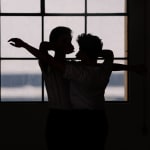
-
(View a larger image of thumbnail 3
)
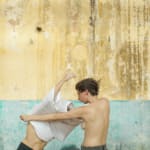
-
(View a larger image of thumbnail 4
)

-
(View a larger image of thumbnail 5
)
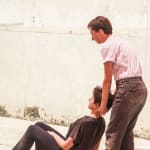
-
(View a larger image of thumbnail 6
)
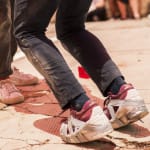
-
(View a larger image of thumbnail 7
)
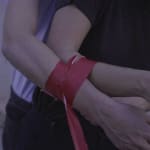
-
(View a larger image of thumbnail 8
)
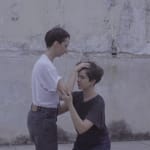
In December 2017, Regina Parra began with a series of photographs from the Salpêtrière Hospital taken for doctor Jean-Martin Charcot in the 19th century. Charcot’s images catalog technologies of male violence that contributed to the invention of a symptom for these patients—the symptom of being women.
The word “hysteria” appears for the first time when the Greek physician and philosopher Hippocrates, bothered by frequent “crises” of agitation and trembling experienced by the women of his time, suggests as a cause the movement of the uterus. The “father of modern medicine” believed that the uterus, hystéra, was a kind of autonomous living being that under some circumstances moved within women’s bodies. Hippocrates even suggests that sneezing would be one of the few gestures capable of making the uterus return to its “natural” place, thus reassuring the hysterical body and making it so reproduction and the care of children, social functions that rely upon woman, could be resumed.
For 600 years this theory undergirded our understanding of feminine “crisis.” It became a diagnosis to criminalize women who had no children, was used to associated them with witchcraft, and ultimately served as the foundation of the nuclear family and state appropriation of reproductive capacity, all necessary to the development of the capitalist system—themes explained best by philosopher Silvia Federici in her book Caliban and the Witch.
Parra invited Bruno Levorin to construct with her a choreographic interpretation of Charcot’s images, taking the perspective of the women’s gaze on Charcot’s camera and not his—or ours—on them. “A look that observes and abstains, or pretends to refrain from intervening”—as George Didi-Huberman says—a look that creates a dramaturgy of the relationship.
The hypothesis: How do they, the women of Salpêtrière, speak of themselves when we perceive them as portraitists of their own histories? How do these women, outlined as hysterical, act upon their own representations?
Dancing alongside these images throughout the creative process was the question of how to sustain these issues and talk about the care that seemed absent there. To be patiently close to these women, willing to see in the immobility of an image the vibrations that impel the life and the gesture of the most lascivious desires.
In the experiment, it was possible to use choreography as a political practice, mobilizing weight, strength, speed, and precision as strategies to summon gestures and landscapes that seem forgotten in Charcot representations. The choreography functions as a spell on the instrumentalization of the gestures proposed by the men of the Hospital. A spell that breaks a historiographic course to reenact, with all the force of updating this term, a plot composed of imagination and sensation of what is understood as a symptom.
Thus we have lascivious. A dance work from images created in collaboration with Maitê Lacerda, Clarissa Sacchelli, Lúcia Bronstein, Juliana R, Laura Salerno, Ludmila Porto and Haroldo Saboia. A performative inquiry that aims to look at the representations from the inside out. A hard exercise of political imagination that tries to ask gestures about the desires and ways of loving, subtracted centuries ago from millions of Augustines*.
*Augustine is the name of the main patient of Charcot, fundamental for the understanding of the repression of the sexuality and development of the psychoanalysis.
Exhibitions
Regina Parra at FAMA Museum, 2018.
Lascivious at SESC Consolação, 2019.
Verbo: Performance Festival at Galeria Vermelho, 2019.
Bachhae at Galeria Millan, 2019.


